-
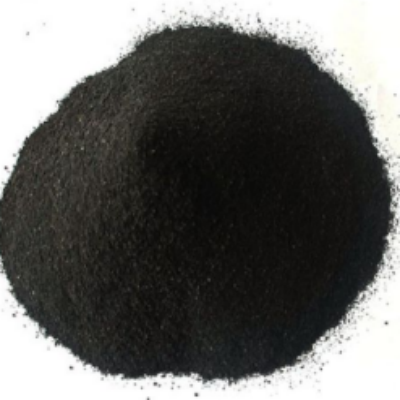
Iridium(IV) chloride CAS:10025-97-5
Iridium(IV) chloride, with the chemical formula IrCl4, is a chemical compound that is commonly used in various industrial and research applications. It is a dark brown solid that is soluble in water and other polar solvents. Iridium(IV) chloride is a member of the platinum group metals and is known for its high melting point and stability. It is often used as a catalyst in organic synthesis, particularly in the production of fine chemicals and pharmaceuticals. Additionally, iridium(IV) chloride is utilized in the field of materials science, where it is employed in the development of advanced materials and nanotechnology.
-

Rhodium (II) octanoate dimer CAS:73482-96-9
Rhodium(II) octanoate dimer is an organometallic complex composed of two rhodium centers coordinated through eight carbon chain ligands. This compound possesses a distorted square planar configuration at each metal atom.
-
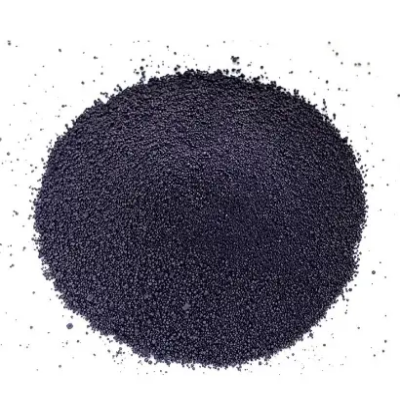
Iridium(III) chloride hydrate CAS:14996-61-3
Hydrated iridium chloride (III), with the formula IrCl3·xH2O, is a compound that contains water molecules in its structure. It is a deep red solid that is soluble in water and polar solvents. Iridium (III) chloride hydrate is known for its stability and unique coordination chemistry, making it a valuable tool for the synthesis of iridium-containing materials and catalysts. In organic synthesis, it is often used as a catalyst for various chemical reactions, especially in the production of fine chemicals and pharmaceuticals.
-
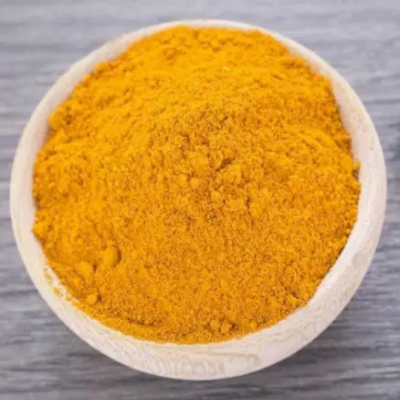
Iridium(III) 2,4-pentanedionate CAS:15635-87-7
Iridium (III) 2, 4-glutaric acid, also known as iridium (III) tri (2, 4-glutaric acid), is a coordination complex with the formula Ir(C5H7O2)3. It is a bright yellow solid that is commonly used as a precursor for the synthesis of iridium-containing materials and catalysts. This compound is known for its thermal stability and is often used in the production of thin films and coatings for a variety of applications in materials science and electronics.
-
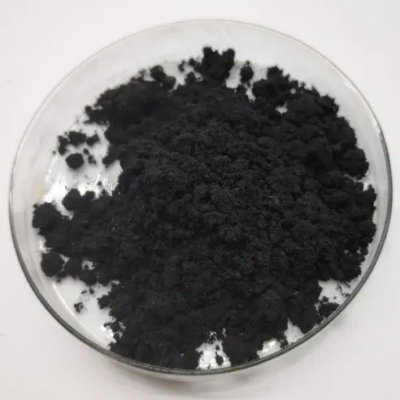
Iridium(IV) chloride dihydrochloride CAS:16941-92-7
Iridium(IV) chloride dihydrochloride is a chemical compound with the formula IrCl4·2HCl. It is a yellowish-green solid that is soluble in water and other polar solvents. This compound is commonly used as a catalyst in organic synthesis reactions, particularly in the hydrogenation of alkenes and alkynes. It is also used as a precursor for the synthesis of other iridium compounds.
-

Iridate(3-),hexabromo-, trisodium, (OC-6-11)- (9CI) CAS:52352-03-1
Iridate(3-), hexabromo-, trisodium, (OC-6-11)- (9CI) is a chemical compound that belongs to the class of iridates. It contains three sodium atoms and one oxygen atom in its molecular structure. The formula weight for this substance is approximately 584.7 g/mol with CAS number [CAS:17790-72-7]. This specific formulation has been widely used across various industries due to its unique properties and functions.
-
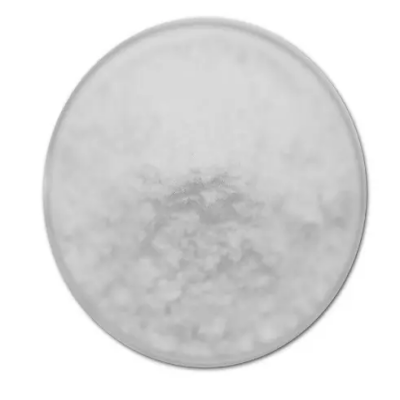
Iridium tetraiodide CAS:7790-45-6
Iridium tetraiodide, with the chemical formula IrI4, is a chemical compound consisting of iridium and iodine atoms. It is a dark brown crystalline solid and is notable for its applications in various chemical and research endeavors due to its unique properties.
Iridium tetraiodide is primarily used as a catalyst in organic synthesis, playing a crucial role in the preparation of complex organic molecules. Its catalytic properties enable the efficient and selective synthesis of important compounds, making it a valuable tool in the field of chemical synthesis. Additionally, this compound finds applications in the production of specialty chemicals, including pharmaceutical intermediates and fine chemicals.
-
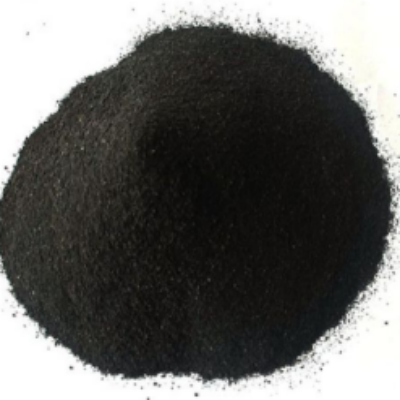
Ammonium hexachloroiridate(IV) CAS:16940-92-4
Ammonium hexachloroiridate(IV) is a chemical compound with the formula (NH4)2[IrCl6]. It is a yellow crystalline solid that is soluble in water. This compound is commonly used in chemical research and as a precursor for the synthesis of other iridium compounds.
-
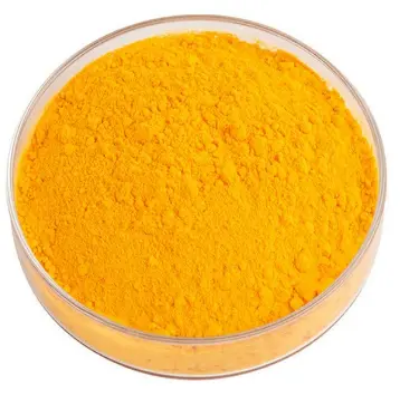
Chloro(1,5-cyclooctadiene)iridium(I) dimer CAS:12112-67-3
Chloro(1,5-cyclooctadiene)iridium(I) dimer, also known as IrCl(COD)2, is a chemical compound featuring a dimeric structure of iridium atoms coordinated with 1,5-cyclooctadiene ligands and chlorine atoms. It is a yellowish crystalline solid and is widely utilized in various chemical and research applications due to its unique properties.
-
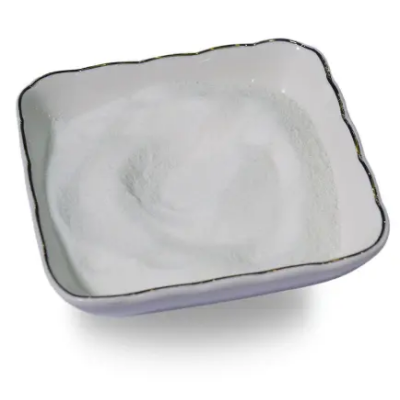
Carbonyltris(triphenylphosphine)rhodium(I)hydride CAS:17185-29-4
Carbonyltris(triphenylphosphine)rhodium(I) hydride, also known as CTPRH or Wilkinson’s catalyst, is an organometallic compound with the formula RhCl(PPh3)3. It contains a central Rh(I) ion bound to CO ligand, PPh3, and H atoms. The molecule has tetrahedral geometry around the Rh center due to its coordination environment.
-
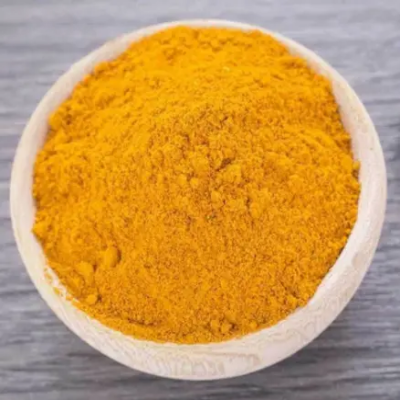
DI-MU-METHOXOBIS(1,5-CYCLOOCTADIENE)DIIRIDIUM(I) CAS:12148-71-9
DI-MU-METHOXOBIS(1,5-CYCLOOCTADIENE)DIIRIDIUM(I), or Ir2(COMe)2(COD)2, is a chemical compound with the formula [Ir2(COMe)2(COD)2]. It is a yellow crystalline solid and is commonly used in various chemical synthesis and research applications due to its unique properties.
-
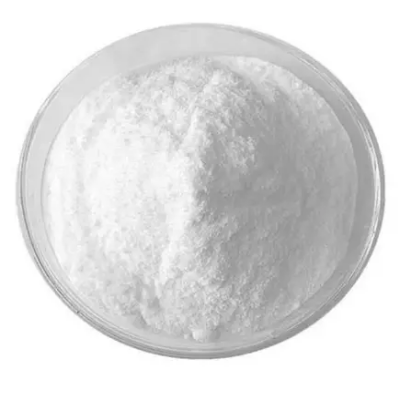
bromotris(triphenylphosphine)rhodium(I) CAS:14973-89-8
Bromotris(triphenylphosphine)rhodium(I), also known as Wilkinson’s catalyst, is a coordination complex containing rhodium with triphenylphosphine and bromide ligands. It is widely used as a catalyst in various organic synthesis reactions, particularly in homogeneous catalysis. The compound’s catalytic properties make it an important tool in the development of new synthetic methodologies and the production of valuable chemical products.

